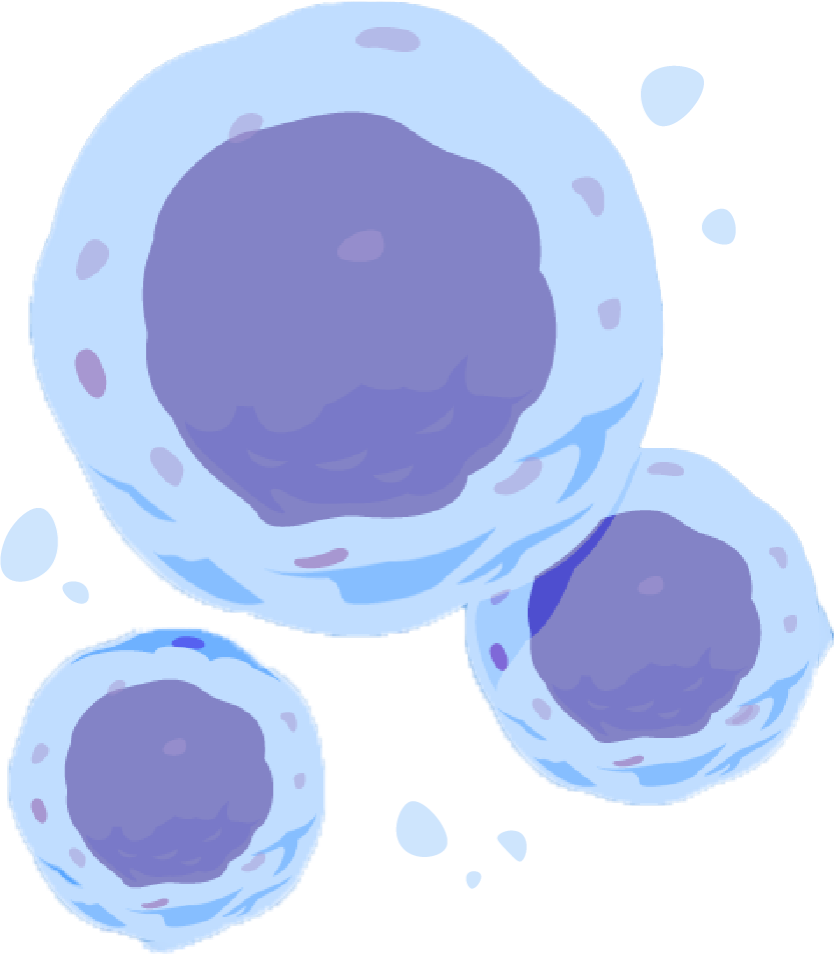01 Understanding Genetics and Your Body
Section 7
Monogenic Disorders

Learning Goal
To understand the causes of monogenic disorders and their impact on human health.
A monogenic disorder is a disease that results from a change or variation in a single gene occurring in all of the body’s cells. Monogenic diseases affect millions of people in the U.S. The nature of a monogenic disease depends on the functions performed by the affected gene.1
Topic 1: Section 3
What is a Gene?
A basic understanding of genetics is key to understanding monogenic disorders. See the What is a Gene? section for basic information about genetics.
There are three main ways to inherit a monogenic disorder:
- Dominant disorders reflect the relationship between two versions of a gene. Individuals receive two versions of each gene, known as alleles, from each parent. If the alleles of a gene are different, one allele will be expressed, making it the dominant gene. The effect of the other allele, known as the recessive gene, is masked.2
- Recessive disorders also reflect the relationship between two different versions of a gene, in which the dominant allele is expressed and the effect of the recessive allele is masked. In the case of a recessive disorder, an individual inherits two copies of the mutated (changed) allele in order for the disease to be present.2
- Sex-linked disorders result from a trait in which a gene is located on a sex chromosome. In humans, the term “sex-linked” generally refers to traits that are influenced by genes on the X chromosome, which is large and contains many more genes than the smaller Y chromosome. Sex-linked disorders usually affect males because they have a single copy of the X chromosome that varies the variant. In females, the effect of the variant may be masked by the second healthy copy of the X chromosome.2
Additional Interesting Fact
Approximately 5,000 types of monogenic disorders have been identified to date. These include most rare disorders as well as some common ones.3,4
Key Learnings
Monogenic disorders, so named because they result from a variant of a single gene occurring in all of the body’s cells, affect millions of people in the U.S.
The three main types of monogenic disorders are dominant, recessive, and sex-linked
Continue learning about cell therapy in the next section
Topic 2: Section 1
What is Cell Therapy?
To understand what cell therapy is and what it is designed to do.
References
- Appendix G, Single-gene disorders. Genetic Alliance; District of Columbia Department of Health. Understanding Genetics: A District of Columbia Guide for Patients and Health Professionals. Washington (DC): Genetic Alliance; 2010. https://www.ncbi.nlm.nih.gov/books/NBK132154. Accessed December 21, 2021.
- Talking Glossary of Genetic Terms. U.S. Department of Health and Human Services, National Institutes of Health, National Human Genome Research Institute; 2021. https://www.genome.gov/genetics-glossary. Accessed October 5, 2021.
- Babar U. Monogenic disorders: an overview. Int J Adv Res. 2017;5(2):1398-1424. doi: 10.21474/IJAR01/3294.
- Prakash V, Moore M, Yanez-Munoz RJ. Current progress in therapeutic gene editing for monogenic diseases. Mol Ther. 2016;24(3):465-474.